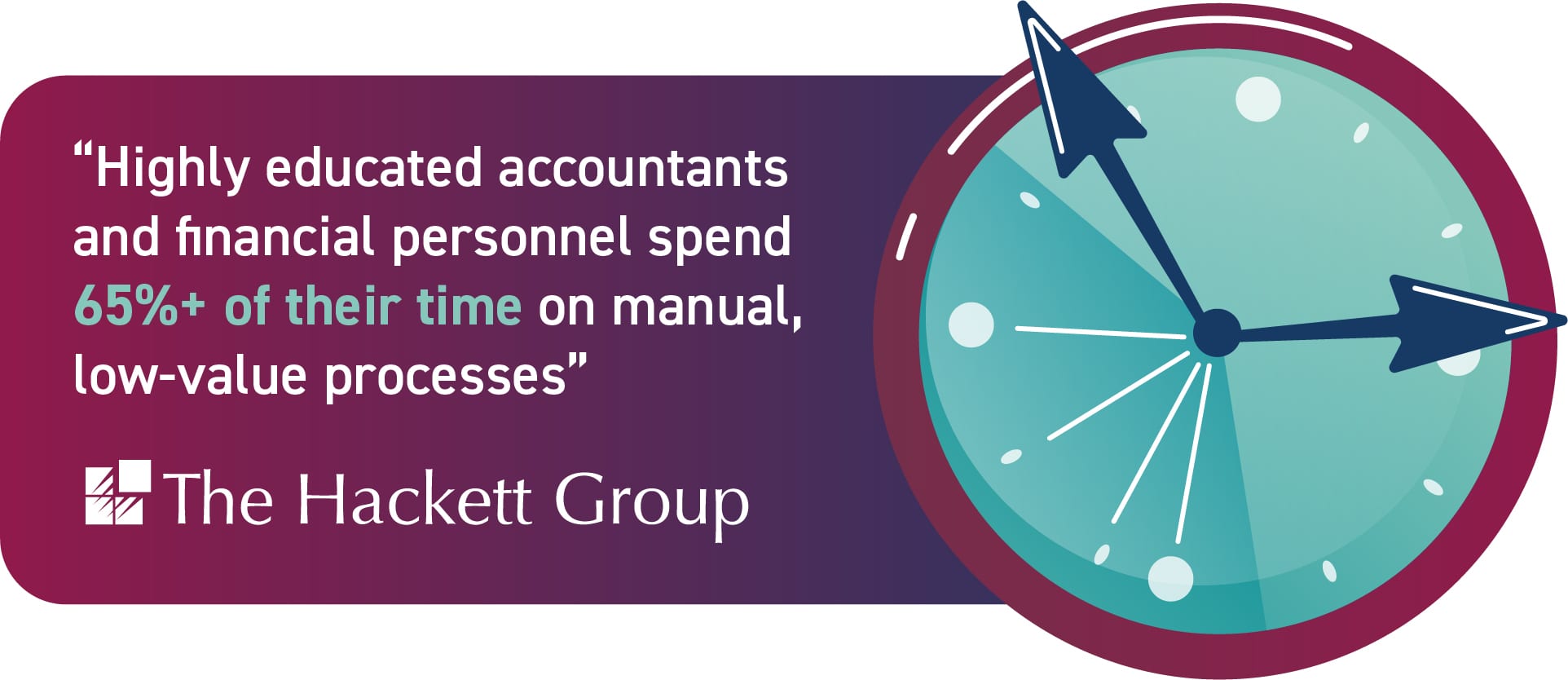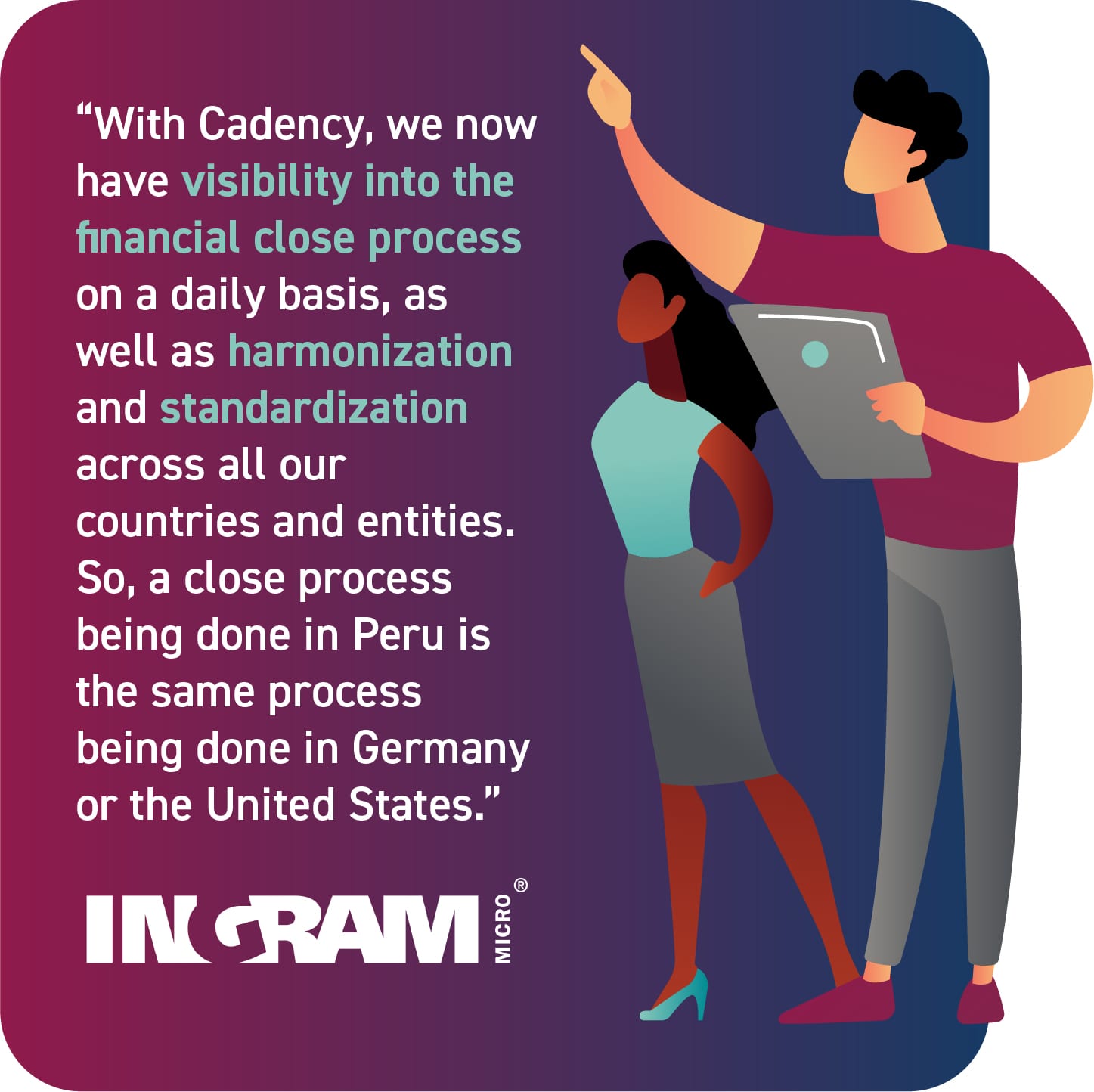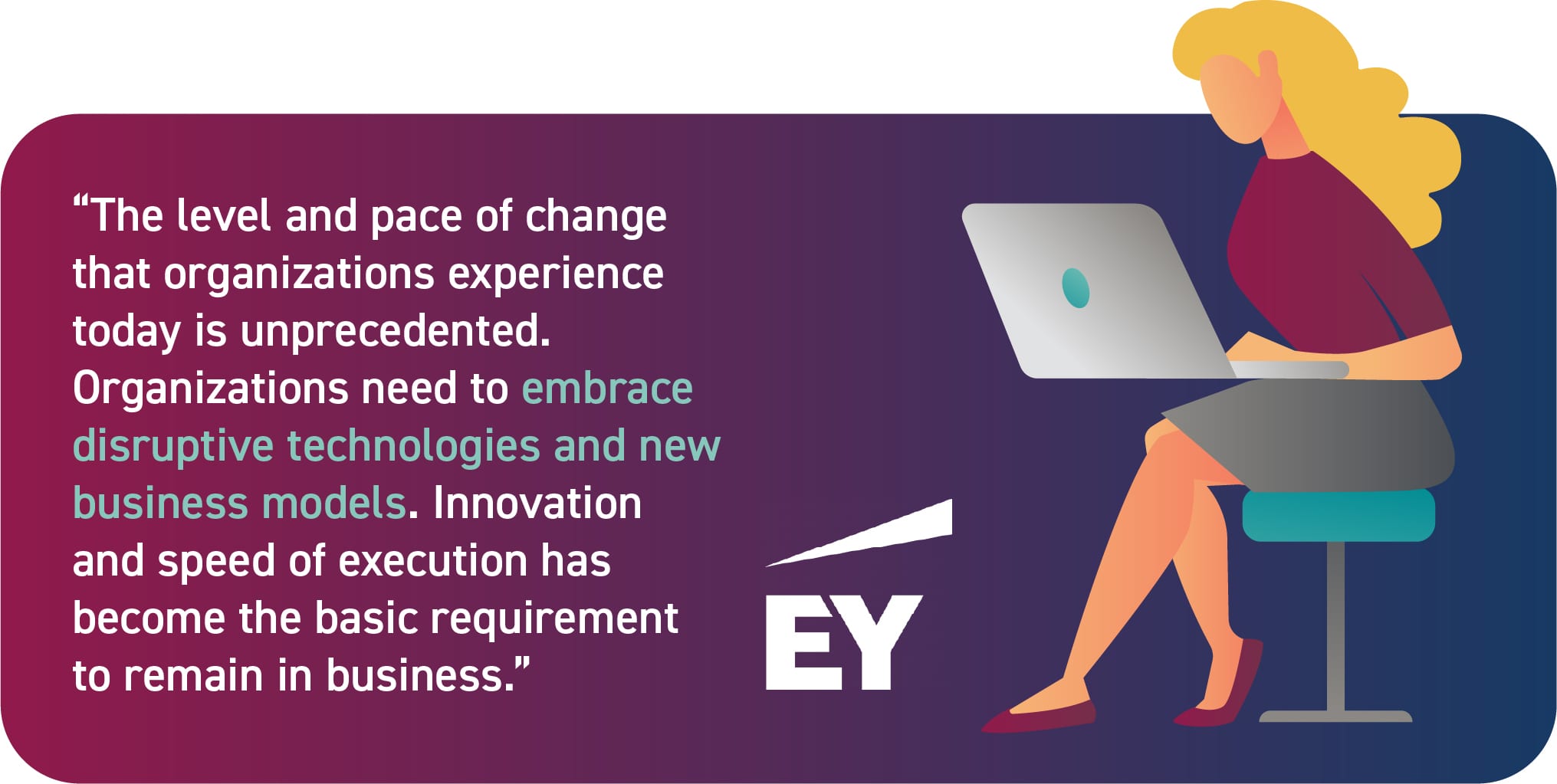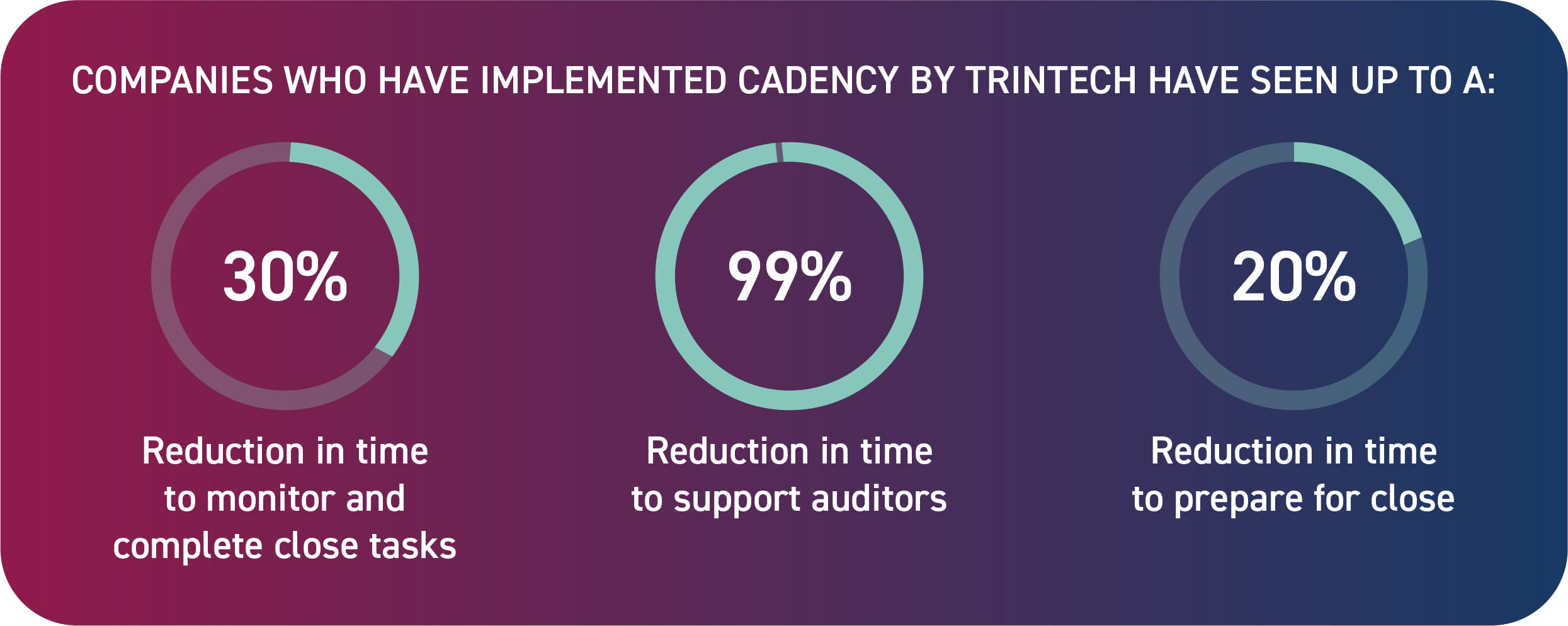Take Control of Your Financial Close Process
Blog post
Share
As the new year quickly approaches, F&A teams across the globe are not only looking to complete year-end reporting but also thinking about how they can have better confidence in their numbers next year.
It’s not a secret that accounting and finance professionals, especially CFOs, lack confidence in their numbers due to inefficient controls and the inherently risky manual processes they are accustomed to using. When the calendar turns to 2020 in just a few short weeks, it is an ideal time to evaluate the close process and ensure your organization enters this new decade with plans to achieve best-in-class controls to grow with the business. But where do you start?
An improved financial close means you are completing the process faster, more effectively and with less risk. However, to fully take control and achieve this, you need to look closely at the people, processes and technology involved.
People

In today’s fast-paced world, your team must possess the ability to adapt to change and to utilize their skills for valuable activities beyond processing data. As automation has become a key component of the financial close, the reliance on accounting teams to complete value-added activities has grown significantly.
Additionally, the majority of the workforce now expects organizations to provide them with automation solutions. For F&A teams, this not only helps to attract new talent but also to retain current employees. Meeting this expectation for your team means that while you are contributing more value to the business, they are not suffering from burnout or boredom from only completing tedious, manual processes or feeling like they are simply ‘number crunchers’.
Processes

Regardless of how talented your team is, the financial close cannot be improved if the process itself is not transformed. It’s also important to keep in mind that leveraging technology too soon means you are potentially automating flawed processes and creating significant risk for the business.
One of the first steps for every organization is standardizing processes and practices within the financial close. With standard practices in place, you can ensure all steps are being completed effectively and consistently. Next, you can optimize these standard processes to improve efficiencies across your team. By leveraging automation at this point, rather than initially, you can safely integrate existing ERP technology, refine task routing and more.
Technology
Finally, to truly transform and achieve a controlled, efficient and effective close process technology must be employed. Best-in-class organizations are seeing the benefits of technologies, like Risk Intelligent RPA™ (RI RPA) which minimizes the need for human interaction on repeatable, rule-based tasks while enabling your organization’s unique risk tolerances and compliance framework to be applied throughout the close process.
The digital, risk-focused landscape we live in today no longer allows for organizations to cling to manual processes if they want to continue succeeding. Intentional automation of processes with trusted technology is the only way organizations can confidently achieve a world-class financial close and contribute to growing the business.

At Trintech, we partner with our customers to ensure all these components come together for a successful financial transformation. Our proven System of Controls combines all financial close activities into a single seamless platform that supports the improvement of even your most complex challenges.

To learn more about how you can take control of your financial close in 2020, download our eBook Enabling Financial Transformation Through Technology


